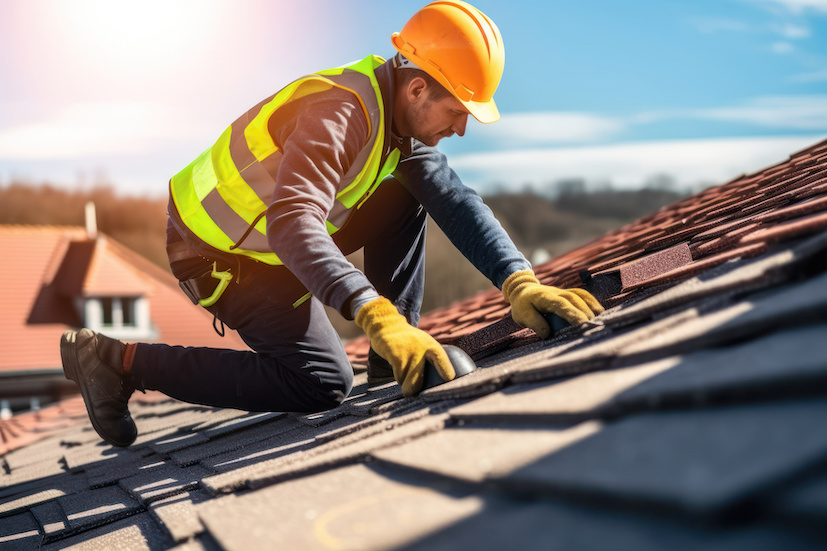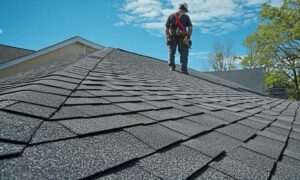When considering a new roof or repairs to an existing one, homeowners often find themselves uncertain about what to expect. Roofing services involve far more than just placing shingles; the process is an organized, multi-step effort that ensures long-lasting protection for your home. Each stage is key in delivering a durable and functional roof that can withstand the elements. From the initial inspection to the final walk-through, knowing what happens at each phase can offer peace of mind and ensure better collaboration between you and the contractor.
We will explore how the roofing process unfolds professionally, outlining each step clearly to help you feel confident and informed. Whether you’re facing storm damage or planning a long-overdue upgrade, understanding the service journey—especially when working with a trusted provider like Duque Roofing—will help you prepare for timelines, budget expectations, and the level of involvement needed from your side.
Step-by-Step Breakdown of the Roofing Service Process
- Initial Roof Inspection and Assessment
The first step in any roofing project is a detailed inspection. During this stage, a roofing contractor will visit your property to evaluate the current condition of your roof. They look for signs of wear, leaks, sagging, broken or missing shingles, mold, and any damage to the underlayment or flashing. If the inspection is triggered by a recent storm, hail damage or fallen debris may also be assessed. Measurements are taken, materials are examined, and photographs are typically included in a condition report.
This assessment determines whether repairs or a complete replacement are necessary. It also informs the scope of work and potential cost. Sometimes, drones or thermal imaging tools are used to detect hidden problems. Homeowners are usually briefed on findings shortly after the inspection. This stage sets the foundation for planning, budgeting, and choosing the most appropriate materials and timelines for the roofing job.
- Proposal, Estimate, and Material Selection
Once the inspection is complete, the roofing company prepares a detailed proposal. This document includes a work breakdown, material options, time estimates, warranty details, and total cost. The estimate will vary depending on the roof size, slope, chosen materials, and the needed repair or replacement. Homeowners often compare multiple estimates to understand market pricing. During this stage, based on budget and the roof’s structural design, you’ll be guided through material options, such as asphalt shingles, metal roofing, or tile.
Visual samples and product brochures are often provided, helping you choose a roof that balances performance with curb appeal. A good contractor will also explain energy-efficient options and durability ratings. A service agreement is signed once you’ve agreed to the proposal and selected your materials. The start date is scheduled, and any necessary permits are initiated at this point, depending on local regulations.
- Permitting and Pre-Installation Preparation
Before any physical work begins, the contractor ensures that all required permits are secured. Building codes vary by city and state, so this step is crucial to ensure that the work complies with legal standards. Roofing companies often handle the permitting process, saving homeowners from bureaucratic hurdles. At the same time, a delivery of roofing materials is scheduled, and a dumpster may be placed near your home for debris removal. Prep work includes protecting landscaping, setting up scaffolding or ladders, and ensuring workers can access the roof easily.
On the homeowner’s end, moving vehicles, securing pets, and clearing fragile items from walls inside the home may be necessary since roof work can cause vibrations. Contractors might also schedule a pre-installation meeting to reconfirm job scope, address homeowner questions, and outline the expected timeline. Preparation is essential to ensure smooth execution and minimize disruption to daily life.
- Roof Removal and Structural Repairs
The actual roofing work begins with removing the old roofing material, a process known as tear-off. This is done systematically to avoid unnecessary mess and uncover hidden issues. As the old shingles and underlayment are stripped away, the underlying structure, such as decking and joists, is inspected closely. If any rot, mold, or water damage is discovered, it is repaired immediately to ensure the new roof has a solid foundation. This phase can vary in duration depending on the roof’s condition and weather interruptions.
Contractors use this time to ensure every element under the new roof is secure and aligned. Attention to this layer is critical; cutting corners here can compromise the new roof’s performance. Debris is cleared regularly to maintain a safe and organized site. By the end of this phase, your home is ready for a fresh start with updated materials.
Understanding the roofing service process from inspection to completion gives homeowners clarity, control, and confidence. Each stage, from the initial inspection to the final cleanup, serves a purpose and contributes to the project’s overall success. Being informed helps you make thoughtful decisions, communicate effectively with the contractor, and prepare your home for minimal disruption. By knowing what to expect, you gain a stronger roof and a smoother experience from start to finish.































